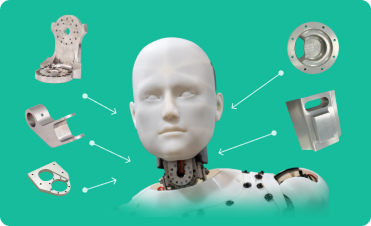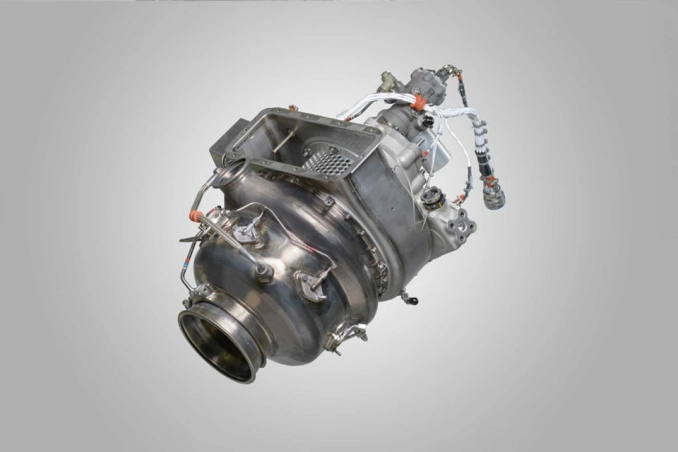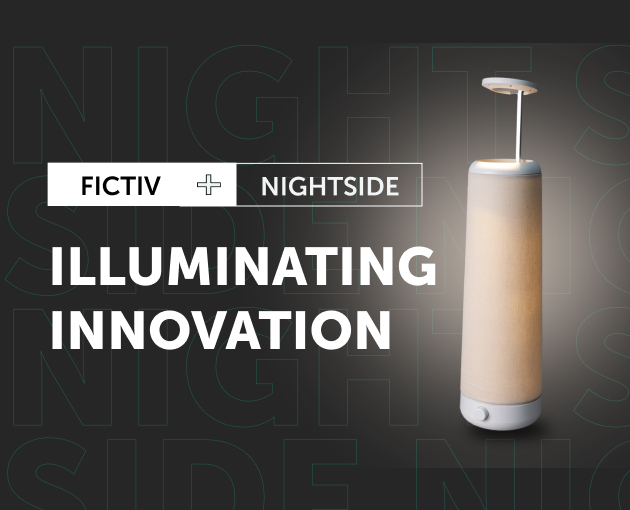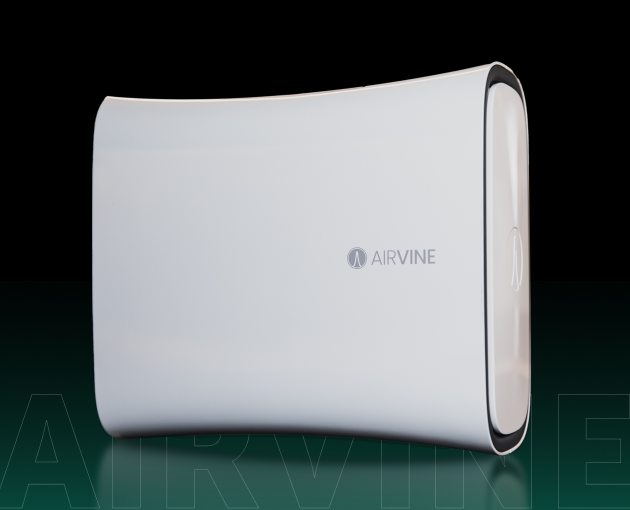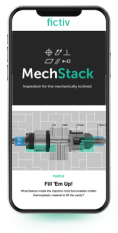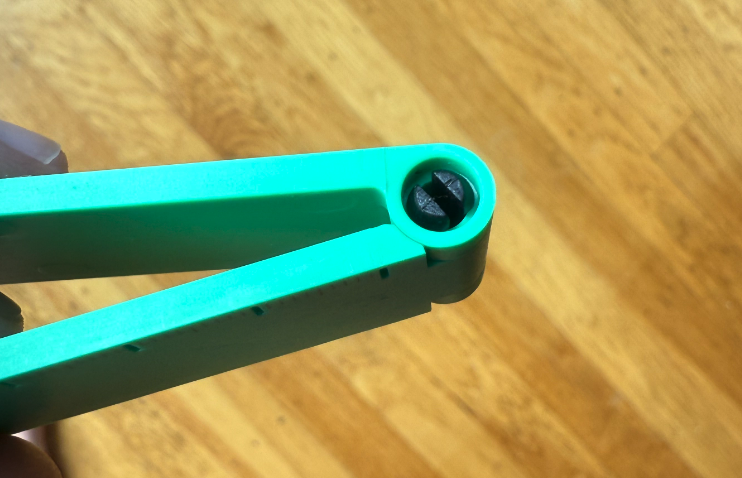Time to read: 6 min
In product design, many situations call for soft or flexible materials. Whether it’s a waterproof seal or a compliant mechanism, these types of materials prove indispensable in many use cases.
The right material choice can mean the difference between a product that merely meets basic requirements and one that excels in comfort, durability, and performance. Flexible polymers are essential to modern product design, for wearable components that conform to the body, deformable seals, or over-molded grips.
This article examines the differences between common materials, including silicone, EPDM, TPE, and TPU, with a focus on their applications in injection molding. We will also compare mechanical properties, processing differences, and real-world applications while applying design for manufacturing (DFM) principles to flexible materials.
Materials Overview: Soft Plastics and Elastomers
Not all soft polymers are created equal—and selecting the right one means balancing properties like flexibility, durability, chemical resistance, cost and manufacturability based on your application needs Let’s break down some of the options:
Silicone Rubber
Silicone rubber is a versatile, high-performance material prized for its biocompatibility, heat resistance, and lasting flexibility. It’s ideal for medical-grade wearables, soft-touch buttons, heat-resistant seals, and oven-safe kitchen tools.
Its ability to perform in extreme conditions, such as high heat and pressure, is desirable but comes with trade-offs. Unlike thermoplastic elastomers, silicone requires more complex injection molding techniques due to its unique thermal cure behavior. It is also commonly used in compression molding.
TPE (Thermoplastic Elastomer)
Compounds in the TPE family strike an outstanding balance between processability, flexibility, and visual appeal. This makes them a favorite for everything from soft-touch overmoldings to wearable tech.
TPE is a thermoplastic elastomer, making it recyclable and easy to work with in high-speed injection molding, including insert molding or overmolding applications. TPE also offers moderate chemical resistance, a comfortable feel, and a clean cosmetic finish. That said, disadvantages include creep under prolonged stress and temperature resistance that is not quite on par with more specialized materials such as silicone. For many everyday products, TPE offers a great mix of form, function, and manufacturability.
TPU (Thermoplastic Polyurethane)
This rubber-like thermoplastic elastomer material stands out for its exceptional durability, excellent abrasion resistance, high elasticity, and strong tear resistance. These properties make TPU a common choice for applications such as footwear soles, flexible housings, and wearable device wristbands.
While it offers impressive mechanical performance, the raw material can be hygroscopic, meaning it can absorb moisture and require drying before molding. TPU temperature resistance does not match silicone, but it is still well-suited for everyday and industrial uses. Commonly processed through injection molding or 3D printing methods, such as FDM (Fused Deposition Modeling), SLS (Selective Laser Sintering), or MJF (Multi Jet Fusion), it provides a flexible solution for demanding environments.
EPDM (Ethylene Propylene Diene Monomer)
EPDM rubber is known for its outstanding resistance to weather, alkalis, and various solvents. This synthetic rubber maintains its flexibility over time, making it a reliable choice for outdoor seals, automotive weatherstripping, and HVAC gaskets.
While it withstands harsh environments, EPDM offers limited chemical resistance and is not as commonly used for complex part geometries. It is a thermoset (not a thermoplastic), but processing includes extrusion, compression molding, and injection molding. Despite its chemical limitations, its long-term durability and resilience to outdoor and environmental applications make it a practical elastomer material fit for various applications.
Comparison Table: Silicone vs. TPE vs. TPU vs. EPDM
| Material | Durometer (Typical) | Durability | Temperature Resistance | Processing | Common Uses |
| Silicone | 10A–80A | Excellent | -60°C to 200°C+ | Injection & Compression Molding | Medical wearables, seals, cooking utensils |
| EPDM | 30A-90A | Excellent | -40°C to 125°C | Extrusion & Molding | Gaskets, hoses, automotive seals |
| TPE | 20A–90A | Good | -40°C to 120°C | Injection Molding | Overmolded grips, toys, sports gear |
| TPU | 60A–95A | High | -40°C to 100°C | Injection Molding & 3DP | Phone cases, wearable straps, and soles |
Note: Durometer can vary on the Shore hardness scale depending on formulation. Consult material datasheets or test parts when durometer is critical to performance. The image below shows examples across a range of durometers.
Manufacturing Methods for Soft Materials
When it comes to bringing designs to life, different methods suit different needs, whether it is high-volume production, multi-layer material bonding, or quick prototyping. Here is a quick look at three key approaches:
Injection Molding
Injection molding is preferred for the mass production of flexible parts made from thermoplastic elastomers like TPE and TPU. It delivers fast cycle times, with high precision and repeatability. Multi-cavity tooling boosts efficiency, enabling cost-effectiveness for industries requiring both consistency and high volume.
Overmolding
Overmolding bonds flexible materials onto rigid substrates. This creates durable and ergonomic products. Sometimes overmolding requires primers or adhesives to ensure chemical compatibility between materials. Overmolding can be found on products ranging from power tools to smartphone cases.
3D Printing
3D printing with a thermoplastic elastomer is a solid choice when you need quick design iterations. What makes 3D printing ideal for prototyping is that it offers flexibility and fast turnaround with minimal tooling costs. Expect rougher surface finishes and lower dimensional accuracy than can be obtained using injection molding. 3D printing is unbeatable for testing designs before committing to production.
Compression Molding
Compression molding is widely used for curing flexible thermoset materials like silicone and EPDM. This method is ideal for medium to high-volume production of gaskets, seals, and other components that require excellent mechanical strength and thermal stability. Although cycle times are longer than those of injection molding, compression molding offers cost-effective tooling and is well-suited for producing large, thick, or intricately shaped parts.
Design For Manufacturing (DFM) Tips for Flexible Parts
Designing for flexible manufactured parts is not just about picking the right material. It is about anticipating how the part will stretch, compress, and respond under real-world conditions. Here are some tips on how to avoid common design pitfalls and how to optimize flexible parts for manufacturability:
Undercuts
When designing parts with undercuts, flexible materials offer an advantage by deforming slightly during ejection. This deformation makes it possible to accommodate minor undercuts without complex tooling. However, for deeper or more rigid features, mechanisms like side actions or core pulls may be necessary to release the part cleanly. To ensure smooth ejection, reduce the risk of tearing, or reduce stress concentrations, it is important to avoid sharp corners, especially in areas subject to flexing.
Gating
Proper gate design and selection are essential for molding stretchable component materials effectively. Gates should be placed in thicker sections of the part to promote even flow and minimize defects like short shots or sink marks. In flexible materials, edge or tab gates are often ideal, providing smooth filling while reducing stress concentrations. It is important to incorporate adequate venting throughout the mold to prevent trapped air and the resulting burn marks or voids.
Wall Thickness
Maintaining uniform wall thickness is key to achieving consistent, high-quality parts when molding soft materials. Uneven wall thickness can lead to issues like sink marks, warping, or incomplete filling. For TPE and TPU, typical wall thickness ranges from 1.0 to 2.5 mm, while silicone’s excellent flexibility may allow for even thinner sections. Wherever thickness transitions are necessary, they should be gradual in order to reduce stress concentrations at the section change and to ensure smooth material flow in the mold.
Applications of Flexible Materials
Medical Device Innovations
Ergonomics and biocompatibility can be improved through the use of flexible polymers. Elastomer over-molded sensors enable continuous patient monitoring with minimal discomfort. Thermoplastic elastomers reduce operator fatigue via optimized grip designs in surgical tools. Additionally, gaskets in medical devices ensure reliable sealing while maintaining biocompatibility.
Wearables Technology Innovation
Advancements in flexible soft touch materials have addressed historical wearable challenges. Modern wearables utilize soft, flexible straps for a dynamic fit, and injection-molded earbuds employ hypoallergenic materials, reducing discomfort over extended use. Material selection should prioritize user comfort by striking a balance between mechanical flexibility and structural integrity.
Optimized Consumer Product Design
Design for Manufacturing (DFM) with flexible polymers improves product functionality. Shock-absorbing phone cases mitigate impact forces, and kitchen tools offer chemical resistance and ease of sanitation. Over-molded grips on hand tools enhance torque control and reduce slippage. This demonstrates how the selection of soft materials influences their application.
Robot Systems with Adaptive Compliance
Traditional rigid robotics faces limitations in household environments. Recent developments integrate soft actuators and soft end effectors, which enable delicate object manipulation. Safer robot integration is facilitated through shock-absorbing polymer bumpers and dampers that reduce collision risks. Flexible polymer components minimize internal friction and wear in dynamic assemblies.
Informed Material Selection for Flexible Components
Selecting the right flexible polymer is not just a matter of data sheets; it is about understanding how the material behaves in the real world. It is about aligning physical properties and manufacturing methods with your goals. From soft-touch grips to rugged wearable bands and precision seals, materials like TPE, TPU, Silicone, and EPDM each bring distinct advantages.
Engage with Fictiv early in the process to collaborate on material selection, part geometry, and potential applications. This proactive approach helps prevent downstream issues related to tooling, tolerances, and performance. Prototype quickly with 3D-printed or urethane-cast elastomers, explore overmolding to integrate hard and soft-touch surfaces, and consult with DFM experts to refine your injection molding design for manufacturability.
Get an instant manufacturing quote today.

